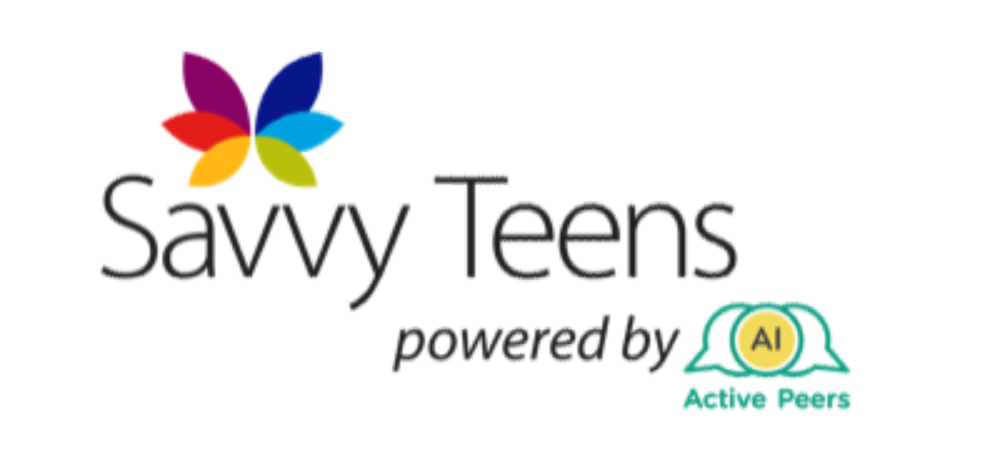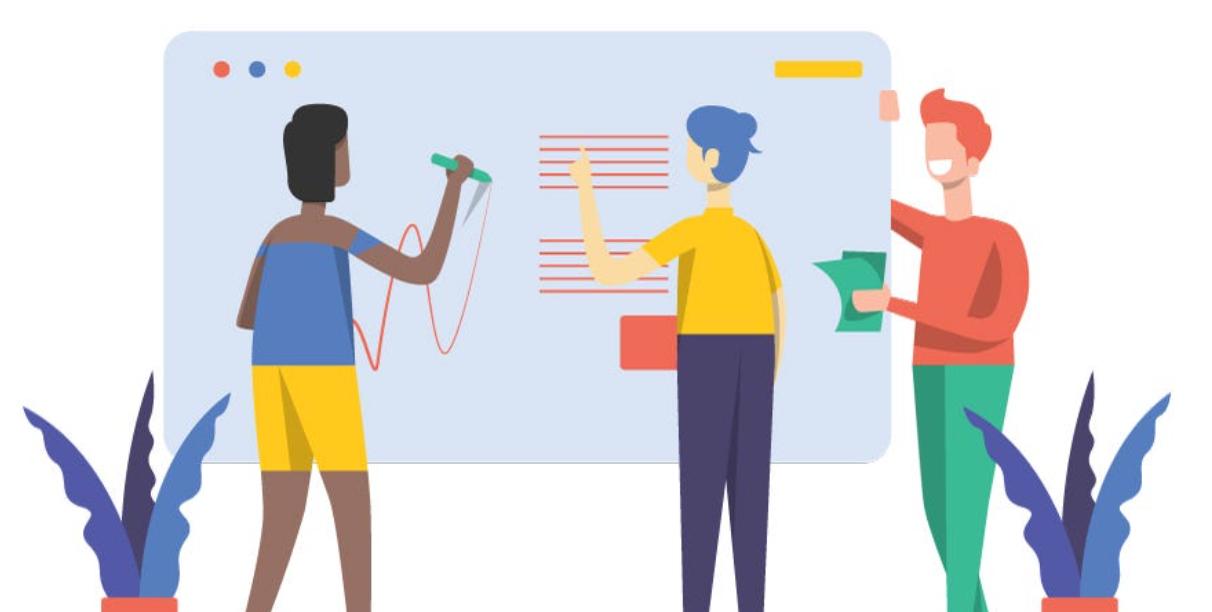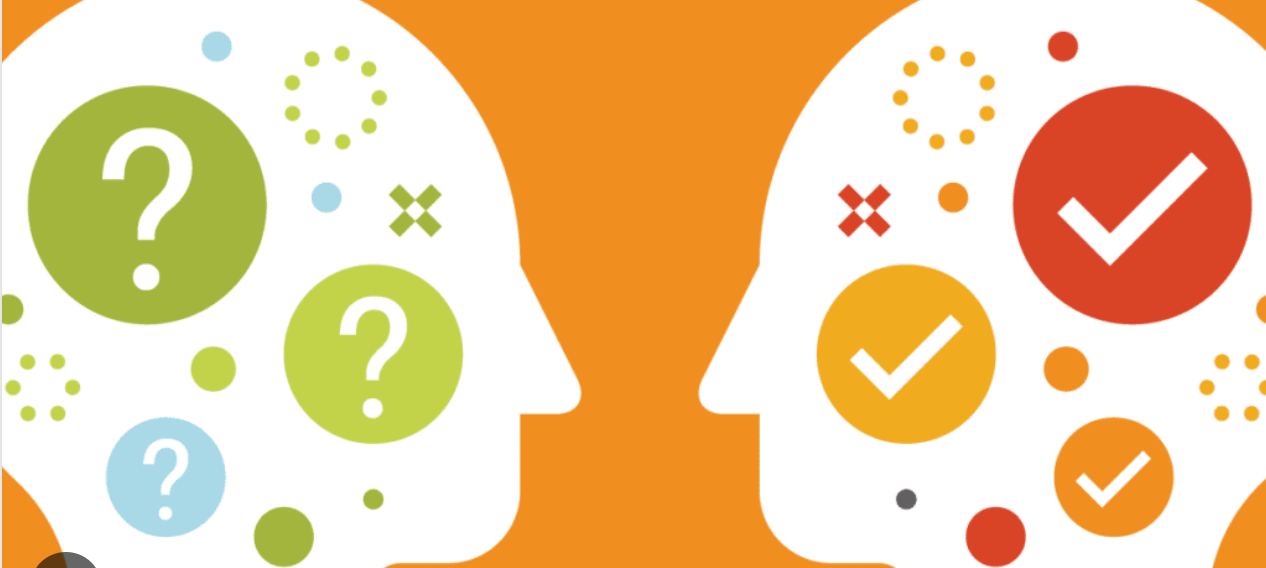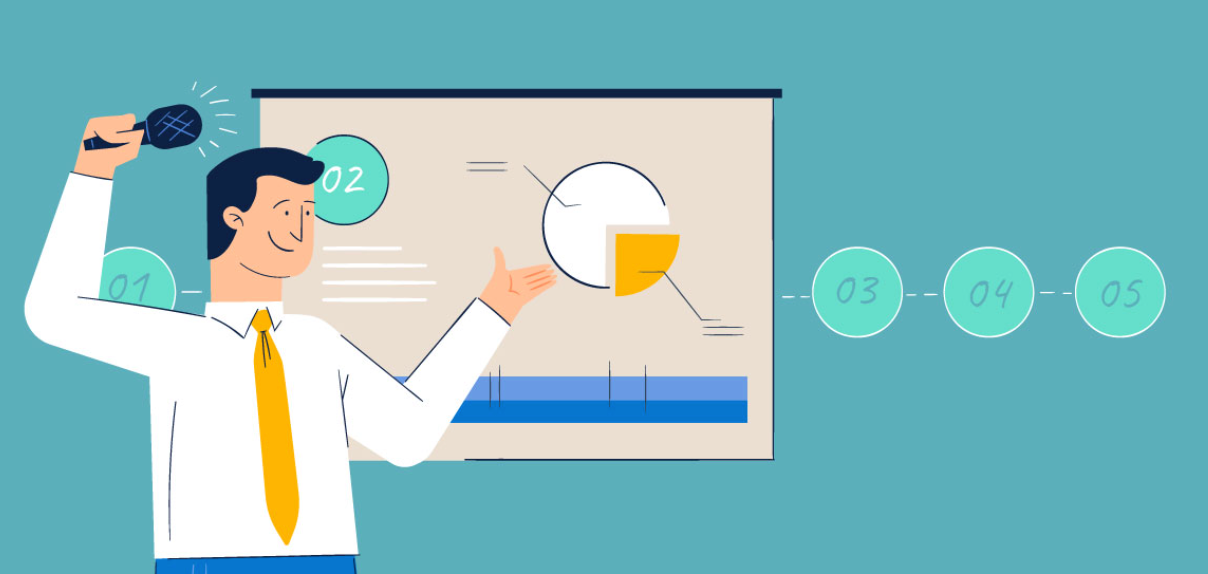The Effects of AI on Careers in the Future
How might AI affect how people (and personal outlook) do their jobs in the months or years to come?
Artificial intelligence can alter educational tools and institutions. Though teachers’ presence is irreplaceable, AI can still shake the future landscape in education: for teaching efficiency and better practices.
Overall, AI can drive efficiency, personalization and streamline admin tasks to allow teachers the time and freedom to provide understanding and adaptability. By leveraging the best attributes of machines and teachers, the vision for AI in education is one where they work together for the best outcome for students. (Forbes) Accordingly, AI has already been applied to education primarily in some tools that help develop skills and testing systems.
AI can make differentiated and individualized learning come true. Adjusting learning based on individual’s needs has been prioritized by educators for years, and companies such as Content Technologies and Carnegie Learning are developing intelligent instruction design and digital platforms to provide learning, testing and feedback to students from pre-K to college level. The AI technologies applied are used to identify challenges students face, gaps in knowledge and redirects to new topics when appropriate. As AI get more sophisticated, it might be possible for a machine to read the expression that passes on a student’s face that indicates they are struggling to grasp a subject thus modify a lesson to respond to that. By customizing curriculum for every student’s needs, AI-powered machines will allow many levels of differentiation that is impossible for teachers managing the entire class.
AI also has much potential in automating admin tasks. Educators spend a tremendous amount of time grading homework and tests, and AI can step in and make quick work out of these tasks while offering recommendations on closing the gaps in learning. Machines can already grade multiple-choice tests now, and they are remarkably close to being able to assess written responses as well. By automating more admin tasks, teachers can reshuffle time to focusing on each student’s needs. Furthermore, enrollment and admissions processes can become more efficient by saving human resources from repeated and tedious work.
Smart content
Smart content includes virtual content, digital resources, and customized learning facilities. AI technology has already reached a classroom setting. Smart content includes virtual content like video conferencing, video lectures, and “smart textbooks.” On digital content, AI systems are using traditional syllabuses to create customized textbooks for certain subjects. As a result, textbooks are being digitized, and new learning interfaces are being created to help students of all academic grades and ages. (eLearning Industry, 2019) For example, Cram101 uses AI to make textbook contents more comprehensible and easier for students to navigate through summaries of the chapters, flashcards, and practical tests. Another useful AI interface is the Netex Learning which enables professors to create electronic curriculums and educative information across a myriad of devices. (inside telecom, 2020) Netex includes online assistance programs, audios, and illustrative videos.
Personalized learning
Like the personalized recommendations on Netflix, AI is introduced to teachers for offering personalized recommendations to each pupil, by designing curriculums to suit for students at all levels, especially students struggling to reach their full potential or having difficulties following along. By accessing through AI-powered apps, students can get targeted and customized responses from their teachers. Teachers can condense lessons into smart study guides and flashcards. (eLearning Industry, 2019) Unlike the past, college students can now access a larger window time for interacting with professors after receiving instant feedbacks from smart tutoring systems like Carnegie Learning.
Global learning
AI also helps to cut boundaries. By facilitating e-learning of any course from anywhere across the globe, AI-powered education equips students with fundamental IT skills. With more inventions, there will be a wider range of courses available online and with the help of AI, students will be learning from wherever and whenever they are.
AI & applications (techniques)
AI generated content
AI content writing programs can pick elements from a dataset and structure a “human sounding” article. An AI program called Word Smith produced 1.5 billion pieces of content in 2016, and is expected to grow further in popularity in the coming years. AI writers are useful for reporting on regular, data-focused events. For example, quarterly earnings reports, sports matches, and market data. (BETA SOCIALS) In financial services, AI generated content could form a useful part in content marketing strategy.
Smart content curation
AI-powered content curation can better engage visitors on websites by showing them relevant content. It can be applied to blog content, customer services, and subscription businesses.
Dynamic pricing (in marketing)
By targeting unique offers at those likely to need them, dynamic pricing can avoid the problem of hurting the bottom line when conducting sales and discounts. Machine learning can build a propensity model of which traits show a customer is likely to need an offer to convert, and which are likely to convert without the need for an offer. (LinkedIn, 2017) Dynamic pricing can increase sales whilst not reducing profit margins by much, thus maximizing profits.
References
Allen, R. (n.d.). 15 Applications of Artificial Intelligence in Marketing. Retrieved January 07, 2021, from https://www.linkedin.com/pulse/15-applications-artificial-intelligence-marketing-robert-allen
Amine, Y. (2020, December 14). AI in education: Bringing schools into the digital age. Retrieved January 07, 2021, from https://www.insidetelecom.com/ai-in-education-bringing-schools-into-the-digital-age/
Johnson, A. (2020, April 22). 5 Ways AI Is Changing The Education Industry. Retrieved January 07, 2021, from https://elearningindustry.com/ai-is-changing-the-education-industry-5-ways
Marr, B. (n.d.). How Is AI Used in Education — Real World Examples of Today and A Peek into The Future? Retrieved January 07, 2021, from https://www.bernardmarr.com/default.asp?contentID=1541












